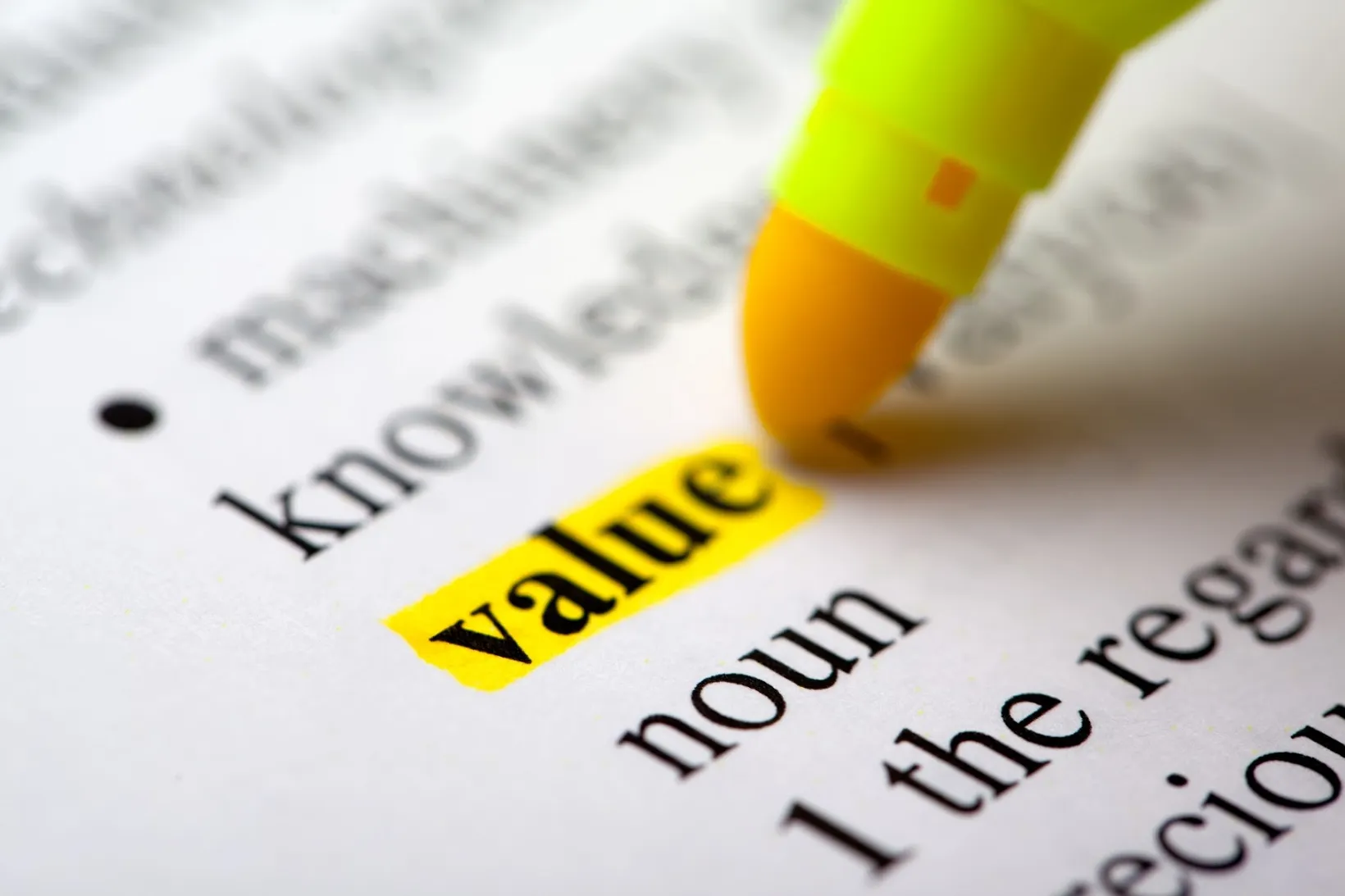A value proposition outlines the benefit that your app promises to deliver to users. With over 2 million apps in the App Store, one of the best ways to stand out is to provide a compelling statement that lets people know why they should download your app instead of your competitors’.
What isn’t a value proposition
It isn’t a slogan, catchphrase or a general statement about your app.
The following statements are good examples of what's not a value proposition:
- “#1 app in [app store category]”
- “You can’t live without [app name].”
- “We’re the next [popular app - i.e. Uber] for [industry].”
- “Our app is better than [insert competitor].”
A value proposition isn't about your company or app’s features, but what your users will get out of using your app.
What makes a good value proposition
A good value proposition should include the following elements:
- Explanation of Benefit(s): What value will users obtain by using your app?
- Clarity: Your value proposition should be easy to understand, without using corporate jargon.
- Conciseness: Keep your value proposition straight to the point. Readers should be able to comprehend your message in five seconds or less.
- Differentiation: How is your app different than the competition?
A value proposition should ultimately answer one question: why should anyone care about your app?
Understanding the User
Before you dive into creating an actual value proposition statement, you need to put yourself in your users’ shoes and answer the following questions:
- What does your end user need?
- How does your app solve that pain point?
- What other solutions are available?
Your value proposition is a promise to provide value to your users. You need to explain what problem your app solves and what specific benefits users will receive.
Formulas for Crafting a Value Proposition
These two formulas were developed by industry experts to help you craft a concise value proposition in a short amount of time. You can use them as a starting point to build upon:
Geoff Moore’s Value Positioning Statement
1. For ______ (target user)
2. who _______ (need)
3. our app is _____ (product category)
4. that ______ (primary benefit)
Example: "For hungry college students who can’t find cheap places to eat, our app is a tracker that finds affordable nearby restaurants based on other students’ recommendations."
Steve Blank’s XYZ
1. We help ___ (X - target user)
2. Do ___ (Y - need)
3. Doing ___ (Z - primary benefit)
Example: "We help busy parents find trusted babysitters by completing thorough background checks."
Real World Examples
The following apps have phenomenal value propositions because they’re concise and tell the user exactly what expectations will be met if they download the app.
Bumble
“On Bumble, ladies always go first.”
This value proposition succeeds it:
- Empowers the app's target user base—in this case, Millennial women.
- Addresses the user's pain point: a male-dominated online dating environment.
- Doesn’t focus on the “standard” swipe feature of dating apps and proposes something new.
Pocket
“Save the most interesting and important content flowing through your day.”
Pocket's value proposition:
- Explains the app's functionality in one concise sentence.
- Keeps the focus solely on the user.
- Highlights the fact that content is distributed constantly, but provides a solution.
Slack
“All your tools in one place.”
This value proposition:
- Is concise—it states what the app does in six words.
- Focuses on the key benefit of Slack: productivity.
- Emphasizes the product's simplicity.
Conclusion
- A value proposition isn’t a slogan, catchphrase or a general statement about your app.
- A value proposition should answer the question: “Why should anyone care?”
- Benefit, clarity, conciseness, and differentiation should all be included in your value proposition statement.
- The best app value propositions are concise and tell the user exactly what they’re going to get if they download the app.
Need help defining your app’s value proposition or building the product behind it?
Let’s talk. We’d love to hear about your idea.
